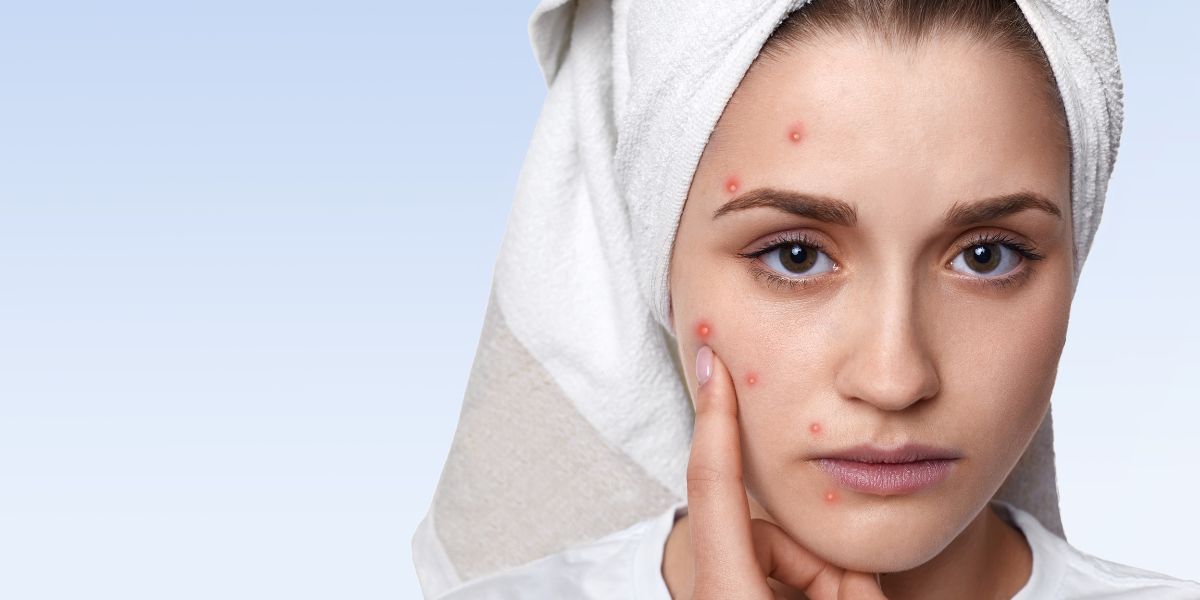Acne scars can be frustrating and make you feel self-conscious about your skin. There are many myths and misconceptions about acne scars and how to get rid of them. In this article, we will debunk common acne scar myths and provide research-backed tips to help reduce the appearance of scars.
Myth #1: You Can Get Rid of Acne Scars Completely
While it would be nice to be able to erase acne scars, this is unrealistic for most people. Acne scars form when an inflamed blemish damages the collagen and elastin fibers that support the skin. This damage cannot be undone entirely. However, some treatments can significantly improve the appearance of scars. With consistent care, scars can become less noticeable over time. It just takes patience.
Myth #2: Popping Pimples Helps Scars Heal Better
Popping or picking at pimples can make scarring worse. You risk pushing debris and bacteria further down into the skin when you squeeze a blemish. This leads to more inflammation and potential damage to the surrounding skin. Please resist the urge to pop pimples and allow them to heal naturally to avoid unnecessary scarring.
Myth #3: Scars Will Go Away on Their Own
Certain acne scars may partially improve over a year or longer, depending on the type and depth. However, most scars will not disappear entirely without treatment. When collagen production is disrupted, scars are part of the skin’s natural healing process. There are more effective approaches than waiting around for scars to fade. Consulting a dermatologist can help determine the best treatment options for your scar type.
Myth #4: There’s Nothing You Can Do About Keloid Scars
While keloid scars can be stubborn, various treatments are available to help minimize their appearance. Keloid scars form when too much collagen builds up at the site of damaged skin, causing a raised, thick scar. Though keloids won’t disappear completely, steroid injections, cryotherapy, laser therapy, and silicone sheeting/gel can help flatten and soften these scars over time.
Myth #5: Chemical Peels and Lasers Will Damage Your Skin
Reputable skin care professionals use chemical peels and laser treatments safely and effectively all the time. In experienced hands, these clinical treatments can be transformative for improving acne scars. The key is going to a board-certified dermatologist you trust to determine which specific chemical solutions and laser/light technologies are best suited to your scar type and skin tone. While you’ll need downtime to heal, they won’t permanently damage your skin when done correctly.
Now that we’ve busted some common myths, here are expert-recommended tips and treatments to reduce acne scarring:
1. Focus on Collagen Production
Topical retinoids (like tretinoin) and vitamin C serums help stimulate collagen formation and skin renewal. They gradually refine scar texture and promote faster healing after procedures.
2. Exfoliate Regularly
Sloughing off dead skin with chemical exfoliants like glycolic, lactic, and salicylic acid improves product absorption. Please don’t overdo it; too much exfoliation can tax the skin.
3. Stay Hydrated
Drinking plenty of water keeps your skin hydrated, plump, and supple. Dehydration worsens scarring by impairing healing.
4. Wear Broad Spectrum Sunscreen
UV exposure slows collagen remodeling and can darken scar pigmentation. Opt for SPF 30 or higher and reapply often.
5. Try Microneedling
Also called collagen induction therapy, microneedling creates tiny injuries that trigger collagen and elastin production. Several professional treatments can reduce scar depression.
6. Consider Laser Resurfacing
Ablative and fractional ablative lasers help smooth and flatten scars by vaporizing thin layers of damaged skin. Your dermatologist will advise on the best laser based on your needs.
7. Ask About Dermal Fillers
Injectable gels like hyaluronic acid fill out depressed scars and stimulate new collagen. Results last around 6 to 12 months before a touch-up is needed.
8. Discuss Surgery for Severe Scars
For substantial scarring, surgical options like excision, subcision, punch techniques, or TCA cross can physically release fibrotic scar bands anchoring the skin down.
9. Use Silicone Sheets and Gels
Silicone has been clinically shown to flatten and soften scars over time. Silicone sheets are applied for 12+ hours daily, while gels can be used as needed.
10. Embrace Sun Protection Clothing
Cover with sun-protective clothing like UV-blocking shirts, hats, etc., and shield scars from further sun damage outdoors.
While acne scars can feel frustrating, there are more treatment options now than ever. With in-office treatments, at-home products, and protective measures, you can significantly improve the look of scars and restore your confidence. Be patient and gentle with your skin, and consult an experienced dermatologist to tailor an effective scar reduction plan.
